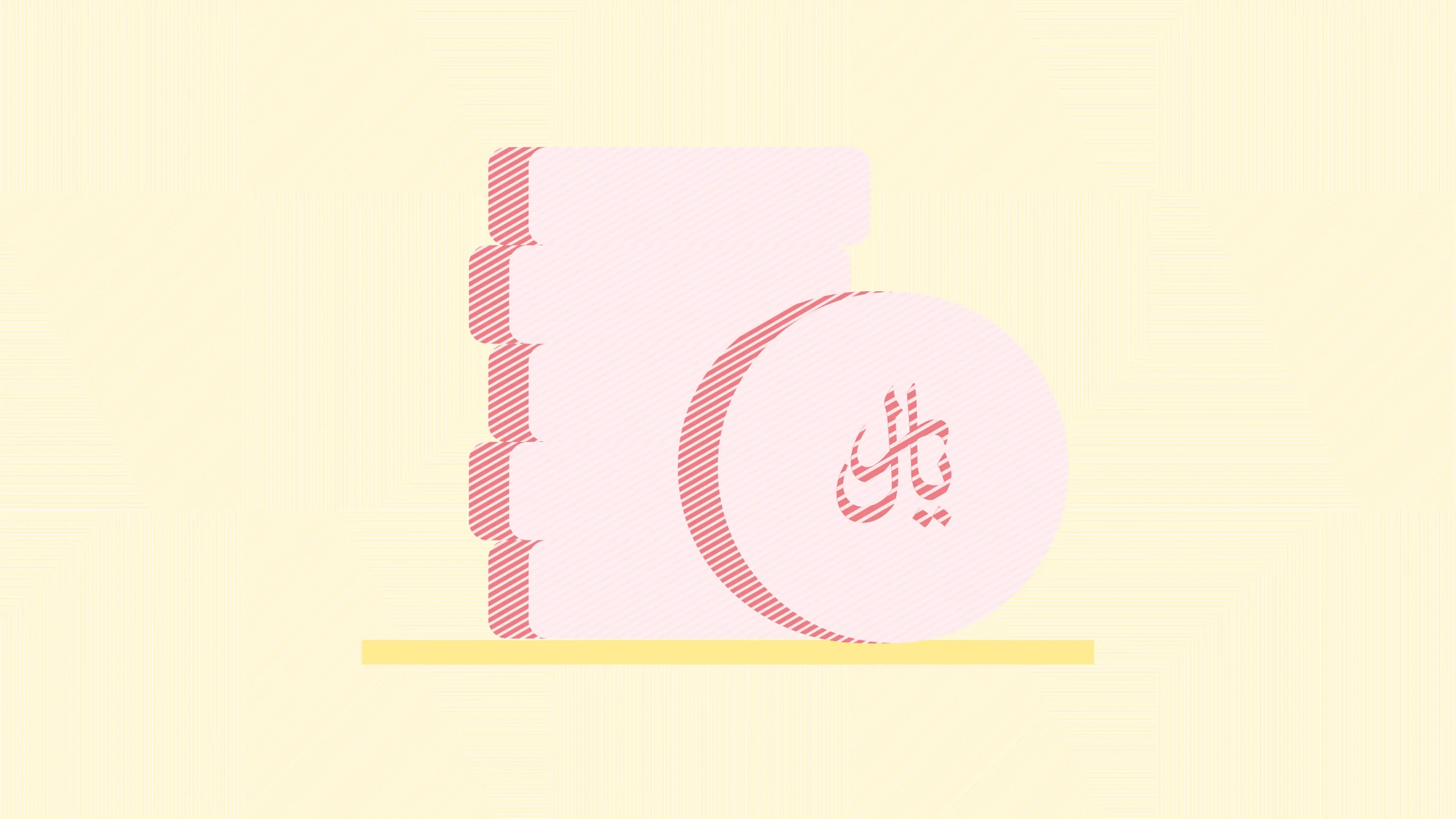
Omani Rial: The national currency of the Sultanate of Oman.
Key takeaways
- The Omani Rial is the national currency of the Sultanate of Oman.
- The Central Bank of Oman is responsible for the issue, circulation, and regulation of the Omani rial.
- The Omani Rial has a fixed exchange rate and it’s pegged to the United States Dollar (USD) at 1 Omani Rial = 2.6008 USD.
- The baisa is a subunit of the Omani Rial currency.

Source: Leftover Currency
What is the Omani Rial?
The Omani Rial (OMR) is the official currency of the Sultanate of Oman, a country located on the southeastern coast of the Arabian Peninsula. It is the legal tender used for all transactions within Oman. The Omani Rial is abbreviated as OMR and is often symbolized as ر.ع. in Arabic.
Introduced in 1970, the Omani Rial replaced the Gulf Rupee as Oman’s official currency following the country’s modernization and development under the leadership of Sultan Qaboos bin Said. Since then, it has become a symbol of Oman’s economic stability and progress.
One notable aspect of the Omani Rial is its fixed exchange rate. Oman pegs its currency to the United States Dollar (USD) at a fixed rate of 1 Omani Rial = 2.6008 USD. This pegged exchange rate has remained relatively stable for several decades, providing confidence and predictability for international trade and investment in Oman.
The Central Bank of Oman accounts for maintaining the stability of the national currency while ensuring that it retains its value and positioning in the global market.
History of the Omani Rial
The history of the Omani Rial is closely tied to the transformation of Oman as a modern nation-state and its journey from a traditional society to a prosperous, economically stable country.
Before Oman’s modernization and independence, the region used various currencies for trade and commerce. These included Indian Rupees, Persian Gulf Rupees, and Maria Theresa Thalers, among others. In July 1970, Sultan Qaboos bin Said ascended to the throne of Oman, marking the beginning of a new era for the country. One of his first major economic reforms was the introduction of a new national currency, the Omani Rial (OMR), which replaced the Gulf Rupee as the official currency.
From the outset, the Omani government chose to peg the Omani Rial to the United States Dollar (USD) at a fixed exchange rate. The pegged rate was set at 1 Omani Rial = 2.6008 USD and it has remained relatively stable over the years. Oman’s commitment to maintaining a stable exchange rate and diversifying its economy helped cushion it against the volatility of global oil prices. This stability, in turn, bolstered confidence in the Omani Rial both domestically and internationally.
Over the years, Oman has modernized its financial infrastructure and expanded its banking system to facilitate trade and investment. The Omani Rial has played a crucial role in this process, serving as a reliable currency for both domestic and international transactions.
Current Omani Rial notes
- 100 baisa
- 200 baisa
- ½ rial
- 1 rial
- 5 rials
- 10 rials
- 20 rials
- 50 rials
The Omani Rial is also available in coins and they are known as the smaller denominations. The coins are divided into 5 baisa, 10 baisa, 25 baisa, 50 baisa, and 100 baisa. The 100 baisa coin is equivalent to 1 Omani Rial.
Some facts about the Omani Rial
- The Omani Rial carries historical significance that reflects Oman’s journey from a once-isolated nation to a thriving modern economy. It symbolizes the country’s transformation under the leadership of Sultan Qaboos, who introduced numerous economic reforms and infrastructure developments, leading to Oman’s emergence as a prosperous nation.
- One of the key factors contributing to the Omani Rial’s strength is its pegged exchange rate. Oman pegs its currency to the United States Dollar (USD) at a fixed rate of 1 Omani Rial = 2.6008 USD. This fixed exchange rate has been in place for several decades, providing stability in international trade and investment.
- The stability of the Omani Rial is a testament to Oman’s robust economy. The country has a diverse economic base, with oil and natural gas being major contributors to its GDP. Additionally, Oman has made significant strides in diversifying its economy through investments in sectors such as tourism, manufacturing, and logistics. This economic diversification has helped cushion the country against fluctuations in global oil prices.
- Beyond its economic significance, the Omani Rial also reflects the nation’s rich cultural heritage. The banknotes often depict iconic landmarks like the Sultan Qaboos’ Grand Mosque, the Omani Khanjar, and the picturesque landscapes of Oman’s deserts and coastline. These designs serve as a reminder of Oman’s historical heritage and its commitment to preserving its cultural identity.
- The unique and visually appealing Omani Rial banknotes have become a popular souvenir among tourists visiting Oman. Many visitors are eager to acquire these beautiful notes as mementos of their trip. The currency has also contributed to the tourism industry by showcasing Oman’s cultural and natural beauty.
- The Omani Rial is divided into smaller units called baisa. One Rial is equivalent to 1,000 baisa. Baisa coins are used for small transactions, while Rial banknotes are used for larger purchases.
Conclusion
The Omani Rial is more than just a means of exchange; it is a symbol of Oman’s economic stability, and cultural heritage. It is interesting how pegging the exchange rate of the Omani Rial has improved economic diversification efforts, solidifying Oman’s position as a prosperous and forward-thinking country.
Start building wealth on Cowrywise

ALSO READ
